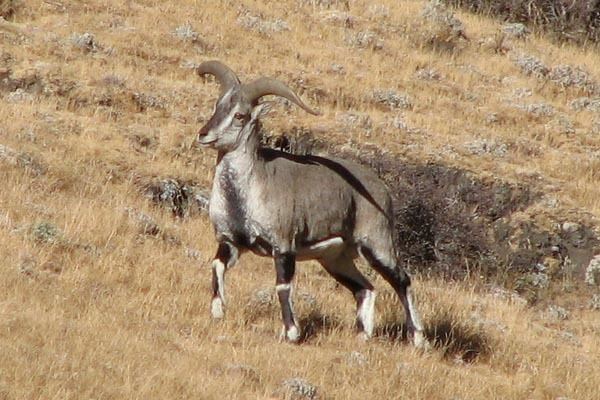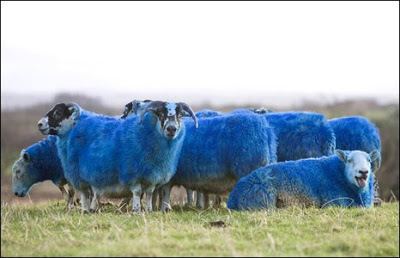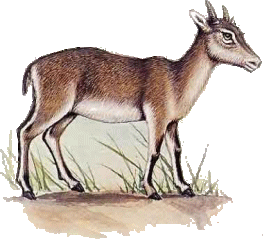Kingdom Animalia Family Bovidae Genus Pseudois Phylum Chordata Order Even-toed ungulate | Class Mammalia Subfamily Caprinae Scientific name Pseudois shaeferi Rank Species | |
 | ||
Similar North American least shrew, Pseudois, Red serow, Ruwenzori duiker, Arabian tahr | ||
Dwarf blue sheep top 12 facts
The dwarf blue sheep or dwarf bharal (Pseudois schaeferi) is an endangered species of caprid found in China Proper and Tibet. It inhabits low, arid, grassy slopes of the upper Yangtze gorge in Batang County of the Sichuan Province, and a small part of the Tibet Autonomous Region, where it is known by the local name rong-na.

Originally given subspecific status to the bharal (Pseudois nauyar), morphological research conducted in the 1970s led it to be considered a distinct species. However, recent molecular analysis has shown the difference between the two species is slight, and suggests it should be treated as a subspecies of the bharal.
The dwarf blue sheep differs from the bharal primarily in size, with adult males weighing around 35 kg, half as much as the bharal. Less sexual dimorphism occurs in this species, and females of the two species are very similar. Its coat is a steely grey with a silvery sheen, with darker general colouration than the bharal, and the horns of the male are smaller, thinner and more upright, with no inward curl.

In 2000, there were estimated 200 individuals of dwarf blue sheep alive. The species is hunted, and in their limited range cannot escape from humans and livestock. Although a reserve of 142.4 square km was set up around Zhubalong in 1995, human activities continue.

It lives mostly on rocky slopes generally at very high altitudes, such as between 8500 and 9500 feet above sea level. The dwarf blue lives in dry areas, valleys in the mountains
The dwarf blue lives mostly on grasses but also other plants such as club moss. It performs alternative activities through the day, going from sleep to graze and back to sleep over the course of the day. Usually very steep grassy slopes, and dwells in groups of sheep. Usually they live in groups of about six, however in the past when they were more plentiful they lived in family groups of 10-30 individuals.

The Dwarf blue sheep reaches maturity about 1–2 years old, although the males do not normally mate until they reach peak size, about 7 years old.
